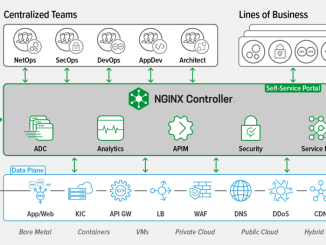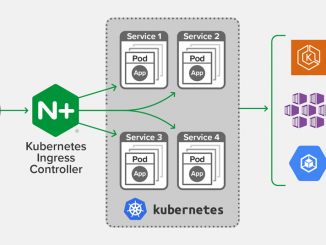
5 Ways Software Load Balancers Facilitate Modern Application Delivery
5 Ways Software Load Balancers Facilitate Modern Application Delivery In the past, achieving a stable, high‑performance application required specialized, proprietary hardware load balancers. These appliances sat in front of applications and web servers, and used policies and algorithms to distribute traffic in an optimized way to backend servers. However, as processor speeds continue to improve and as modern software architectures become the choice of many organizations undergoing digital transformation, software‑based load balancers can provide a good alternative to these specialized, on‑premises appliances. When leveraged correctly, software‑based load balancers are key to enabling DevOps, microservice application architectures, and cloud‑native, hybrid, and multi‑cloud deployments. Here are five reasons why we at Vizuri often implement software load balancers for our customers when modernizing their systems. Reason 1: Enhance Agility Hardware‑based load balancers are expensive, so most organizations use just one (or a few) [ more… ]


